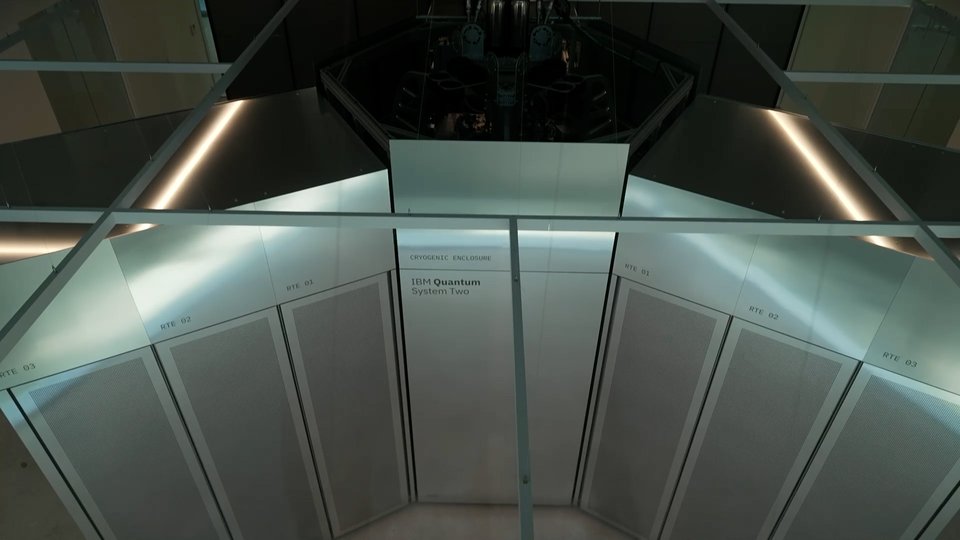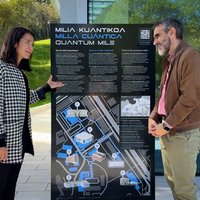Pressure cooker
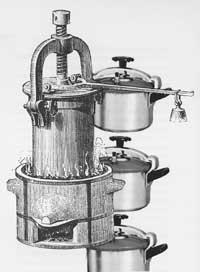
We have said the steam engine, but in no case can we say that we refer only to the pressure cooker, since, as is known, the pressure cooker is only one of the steam machines. The steam machine is every machine that transforms the heat energy of water vapor into mechanical energy. The pressure steam affects the movable piston located in a cylinder, creating a recoil movement that, through a cross, a connecting rod and a crank, transforms into turning motion.
In order to make the history of the appliance we use in the kitchen, we will remember some of the steam machines that have been known so far, all of them to cite too long. The first invention that used heat as a driving force comes from the hand of mathematician and engineer Heron of Alexandria. He made a device that fired jets of water like irrigation. It wasn't any gimmick, as the apparatus occupied a whole room. This invention, however, remained, since at that time the idea was not appreciated.
Pressure cooker
XVII. The man had to wait until the end of the 20th century to know the pressure cooker, until it occurred to the French Denis Papin. By profession and study, Papin had a tendency to medicine, but his most important research was done in physics. He really liked physics and immersed himself in it to find new types of energy. In these tasks he left France to Great Britain and worked with an English physicist. There, in England, he invented in 1679 the precursor of the current pressure cooker. Papin said that the pot was not his most important invention, but if he had lived in today's society, of course, he would have said the opposite. In a time of haste, since more than one will thank you for having invented the pot.
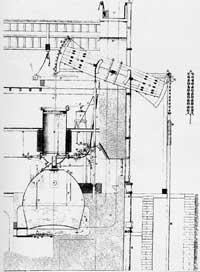
The first pressure pots were manufactured in Germany. Its operation was very simple. When the water boils in the container, the pressure increases, that is, the temperature of the water exceeds the boiling point. When the water evaporates, the piston placed in the pot rises. In addition, in order to avoid overpressure, he placed a safety valve that slowly removed the steam. When the water cools and condenses, that is, to the liquid the steam loses its strength and the piston falls down. As you can see, the operation of the device is not complex, nor very expensive to do it: in any case, someone had to be thrown away and, of course, someone had to put the idea into practice to realize it.
Since Papin announced his first pot, things have changed a lot, but the current and original pot are quite similar. The current pressure cooker is usually hermetically closed, aluminum or steel.
Following the path of Papin

Along the path that Papin opened, in the coming years there would be more inventors and researchers. Among them is the English engineer Thomas Savery. Savery wanted to apply in this mining field what Papin showed. Analyzing the problem of the miners who died each year due to water spills, he thought that steam engines would have a big role. His work had good results: In 1698 he built a steam pump that could extract 200 liters of water.
In 1712 the Newcom blacksmith molded and improved the Savery machine. However, that perfumery machine contained errors and repairs and called the Scottish James Watt. He soon discovered what Watt failed. The gadget was well built, but the idea of the machine was wrong. This steam engine fascinated Watt and engaged in research. In 1769, at the age of 33, he made his own steam engine.
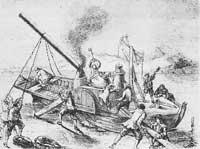
Newcomen's engine was added a capacitor that allowed it to consume much less fuel. The next step was the marketing of this machine, which after overcoming economic problems, spread to Britain.
From that moment on, this invention has had multiple applications in the industry. This machine was undoubtedly essential for the Industrial Revolution that began in England. They were first used in textile and textile factories, mining and manufacturing. Subsequently, steam machines were adapted to industries such as metallurgy, steel, copper and lead lamination, wood, paper, etc. Not forgetting, of course, the influence of the steam engine on transport and, above all, on ships and locomotives. When we talk about steamboats, we remember the American boats of the films, which circulated with steam in the 19th century. At the beginning of the 20th century they began sailing through Scotland and New York. However, the steam engine locomotive was one of the first drivers of the Industrial Revolution.

Currently the only steam energy is that of the steam turbine. The turbine transforms the energy of a pressurized fluid into turning motion. The idea of Newcastle engineer Charles Parsons was a reaction steam turbine that was built in 1884. Currently steam turbines are mainly used for obtaining electricity. Considering coal, hydrocarbons or nuclear energy as fuel, turbines produce almost all of the electricity we use.
Buletina
Bidali zure helbide elektronikoa eta jaso asteroko buletina zure sarrera-ontzian



